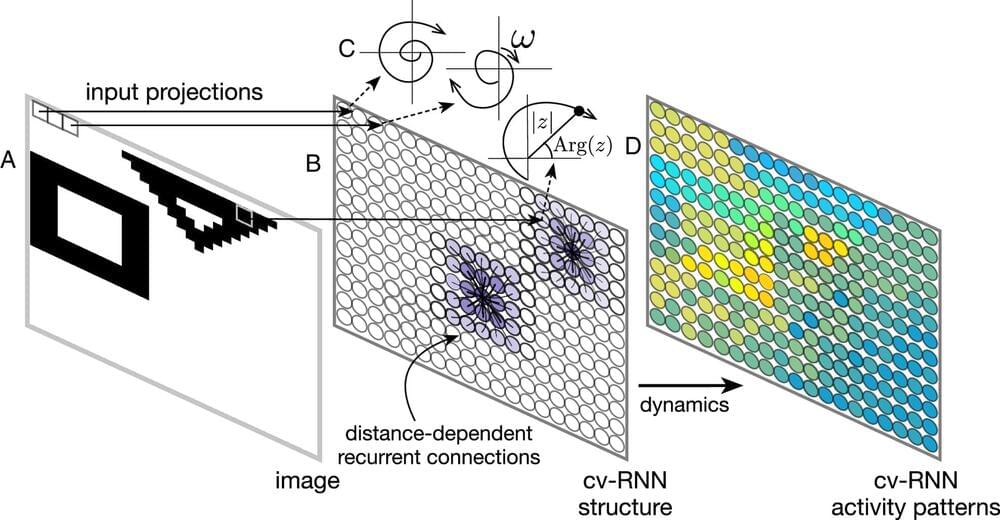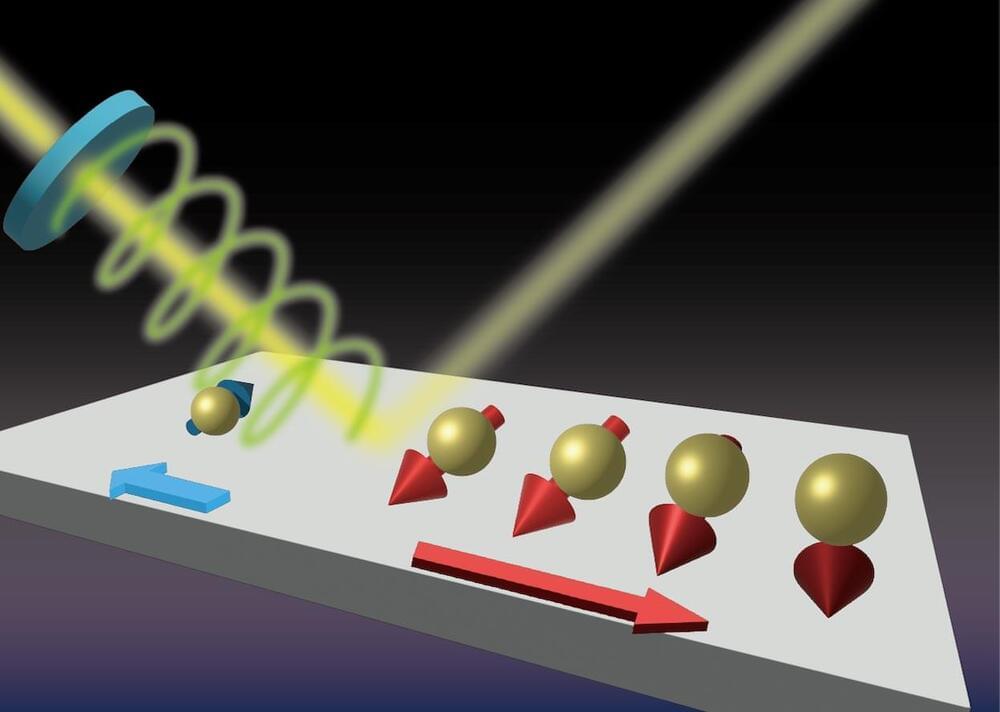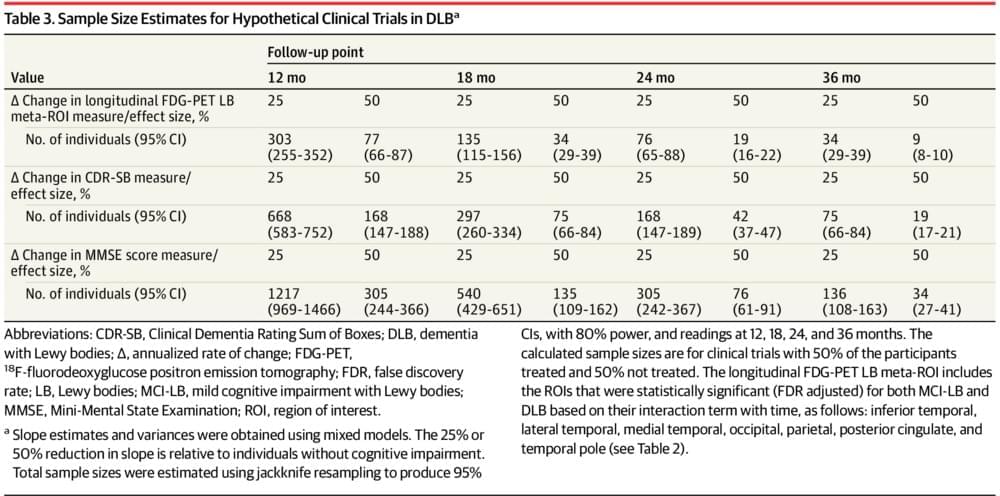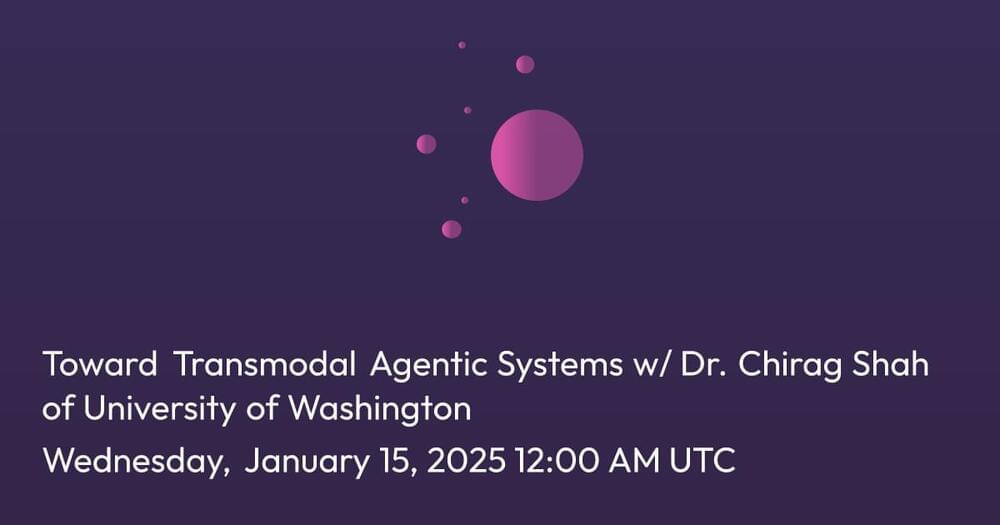The idea that evolution is driven by an organism’s development — not just the natural selection of its genes — challenges a dearly held orthodoxy among evolutionary biologists.



Western researchers have developed a novel technique using math to understand exactly how neural networks make decisions—a widely recognized but poorly understood process in the field of machine learning.
Many of today’s technologies, from digital assistants like Siri and ChatGPT to medical imaging and self-driving cars, are powered by machine learning. However, the neural networks —computer models inspired by the human brain —behind these machine learning systems have been difficult to understand, sometimes earning them the nickname “black boxes” among researchers.
“We create neural networks that can perform specific tasks, while also allowing us to solve the equations that govern the networks’ activity,” said Lyle Muller, mathematics professor and director of Western’s Fields Lab for Network Science, part of the newly created Fields-Western Collaboration Centre. “This mathematical solution lets us ‘open the black box’ to understand precisely how the network does what it does.”

A team of researchers has made a remarkable breakthrough in spintronic technology, achieving a one-directional flow of spin-polarized current in a single-atom layer of thallium-lead alloys.
This advancement not only challenges traditional views of material interaction with light but also heralds the development of ultra-fine, environmentally friendly data storage for the future.
Groundbreaking Discovery in Spintronic Technology.
In February 2016, scientists working for the Laser Interferometer Gravitational-Wave Observatory (LIGO) made history by announcing the first-ever detection of gravitational waves (GW). These waves, predicted by Einstein’s Theory of General Relativity, are created when massive objects collide (neutron stars or black holes), causing ripples in spacetime that can be detected millions or billions of light years away. Since their discovery, astrophysicists have been finding applications for GW astronomy, which include probing the interiors of neutron stars.
For instance, scientists believe that probing the continuous gravitational wave (CW) emissions from neutron stars will reveal data on their internal structure and equation of state and can provide tests of General Relativity. In a recent study, members of the LIGO-Virgo-KAGRA (LVK) Collaboration conducted a search for CWs from 45 known pulsars. While their results showed no signs of CWs emanating from their sample of pulsars, their work does establish upper and lower limits on the signal amplitude, potentially aiding future searches.
The LVK Collaboration is an international consortium of scientists from hundreds of universities and institutes worldwide. This collaboration combines data from the Laser Interferometer Gravitational-Wave Observatory’s (LIGO) twin observatories, the Virgo Observatory, and the Kamioka Gravitational Wave Detector (KAGRA). The preprint of the paper, “Search for continuous gravitational waves from known pulsars in the first part of the fourth LIGO-Virgo-KAGRA observing run,” recently appeared online.

Zerodha co-founder Nithin Kamath triggered a conversation online after he shared the wisdom of 92-year-old US-based mathematician and professor Edward Thorp on longevity on social media.
In a post on X, Kamath praised Thorp’s advice, calling it “brilliant” and stating, “This is the only longevity expert you need to listen to.”
Thorp’s message delves into a balanced approach to living a long and healthy life. His philosophy combines “defence,” which involves mitigating risks like cardiovascular diseases through diet, exercise, and regular check-ups, and “offence,” with an emphasis on exercise as a “magic bullet” to extend both lifespan and health span.

DLB is a common cause of dementia. It starts by the abnormal accumulation of the protein alpha-synuclein in the brain. This produces degeneration of the brain and causes problems with thinking, movement, and behavior. Eventually, the disease leads to dementia and death. Doctors use a imaging technique called FDG-PET to assess how the brain is affected in DLB. However, until now, there was no information on how these brain changes develop over time.
The study, led by Dr. Daniel Ferreira at the Department of Neurobiology, Care Sciences and Society, followed 35 patients with DLB, 37 patients with early-stage DLB (called prodromal DLB), and 100 healthy people from Mayo Clinic (USA), for an average of 3.8 years. The researchers found that brain degeneration starts early in prodromal DLB and worsens as the disease progresses.
“We discovered that people with prodromal DLB had faster degeneration in certain brain areas compared to healthy individuals,” said Dr. Ferreira.” This information is crucial for monitoring disease progression from early stages and planning clinical trials for new treatments.”
longitudinal FDG-PET metabolic change along the lewy body.
This case-control study assesses imaging and autopsy data from patients with dementia with Lewy bodies and probable dementia with Lewy bodies to investigate longitudinal change in 18F-fluorodeoxyglucose positron emission tomography.
Second, Synchron will explore the development of a groundbreaking foundation model for brain inference. By processing Synchron’s neural data on an unprecedented scale, this initiative will create scalable, interpretable brain-language models with the potential to transform neuroprosthetics, cognitive expression, and seamless interaction with digital devices.
“Synchron’s vision is to scale neurotechnology to empower humans to connect to the world, and the NVIDIA Holoscan platform provides the ideal foundation,” said Tom Oxley, M.D., Ph.D., CEO & Founder, Synchron. “Through this work, we’re setting a new benchmark for what BCIs can achieve.”
NEW YORK—(BUSINESS WIRE)— Synchron, a category-defining brain-computer interface (BCI) company, announced today a step forward in implantable BCI technology to drive the future of neurotechnology. Synchron’s BCI technology, in combination with the NVIDIA Holoscan platform, is poised to redefine the possibilities of real-time neural interaction and intelligent edge processing.
Synchron will leverage NVIDIA Holoscan to advance a next-generation implantable BCI in two key domains. First, Synchron will enhance real-time edge AI capabilities for on-device neural processing, improving signal processing and multi-AI inference technology. This will reduce system latency, bolster privacy, and provide users with a more responsive and intuitive BCI experience. NVIDIA Holoscan provides Synchron with: (i) a unified framework supporting diverse AI models and data modalities; (ii) an optimized application framework, from seamless sensor I/O integration, GPU-direct data ingestion, to accelerated computing and real-time AI.


Jeff Bezos, the billionaire founder of Amazon, has always been a visionary investor, known for his early stakes in companies like Airbnb and Uber. In 2024, Bezos has turned his attention to a new frontier: AI-powered robotics. This bold move signifies a major shift as Bezos bets on the next wave of technological innovation, aiming to revolutionize industries and everyday life.
In April of last year, Marko Bjelonic, co-founder and CEO of Swiss-Mile, a Zurich-based robotics company, reached out to Bezos with a detailed proposal—an Amazon-style “6-Pager”—to pitch his company’s vision. Bjelonic recalls, “I was pleasantly surprised by Jeff’s patience and relaxed demeanor.” What was initially a planned 30-minute call extended to an hour, feeling more like a conversation than a formal interview.
This meeting led Bezos to co-lead a $22 million funding round for Swiss-Mile in August. Swiss-Mile is developing AI-driven robots that resemble headless dogs with wheels instead of feet, designed to deliver packages autonomously. These robots are currently undergoing trials on Zurich’s streets, marking a significant step towards commercial deployment. According to Bjelonic, “Our goal is to see these robots reliably deliver packages from point A to point B, enhancing efficiency and reducing human labor.”

Protons and other subatomic particles that are subject to the strong nuclear force have a complex structure that involves even more fundamental constituents called quarks and gluons. These quarks and gluons bind under the influence of quantum chromodynamics (QCD). QCD is the theory of strong interaction of quarks and the role of color symmetry.
However, the mechanisms that lead to quarks and gluons combining to form the particles we see in nature are very mysterious and poorly understood. For example, virtual quarks and gluons constantly appear and disappear within our current picture of the dynamics in the proton. So, which quarks and gluons are actually “in” a proton is a difficult question to answer.
Much of the experimental work related to extracting the quark and gluon structure of protons occurs at existing particle accelerators like the Thomas Jefferson National Accelerator Facility and the Relativistic Heavy Ion Collider, and in the future at the Electron Ion Collider.